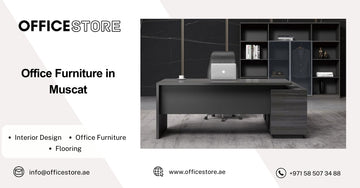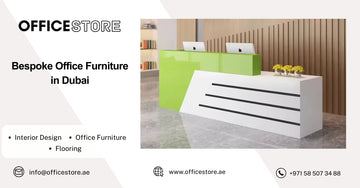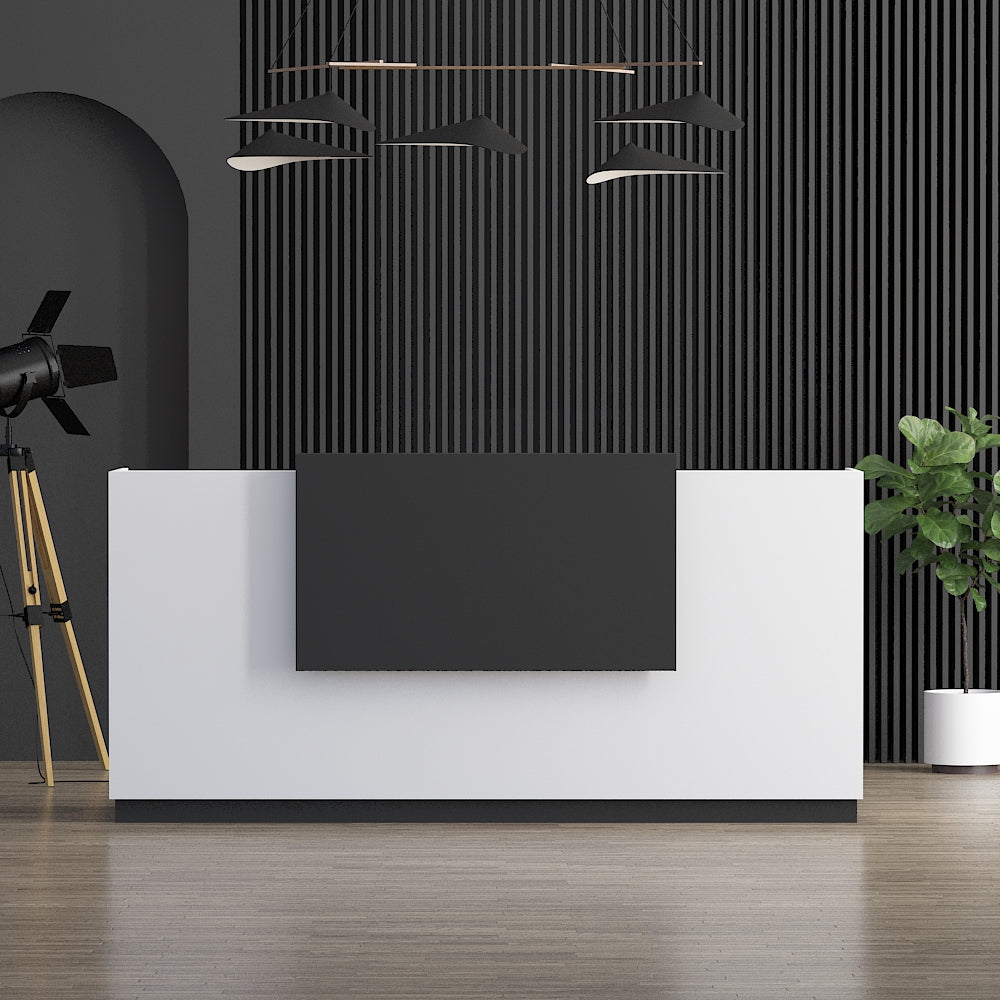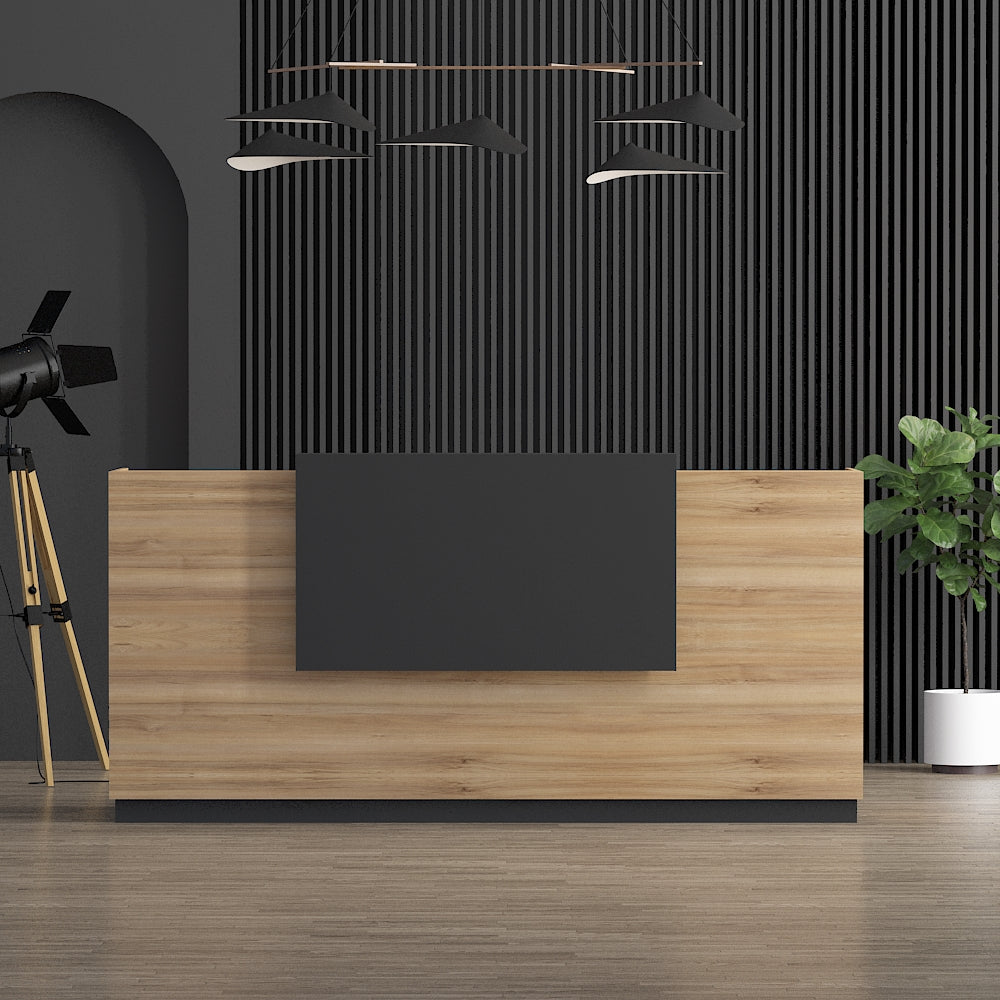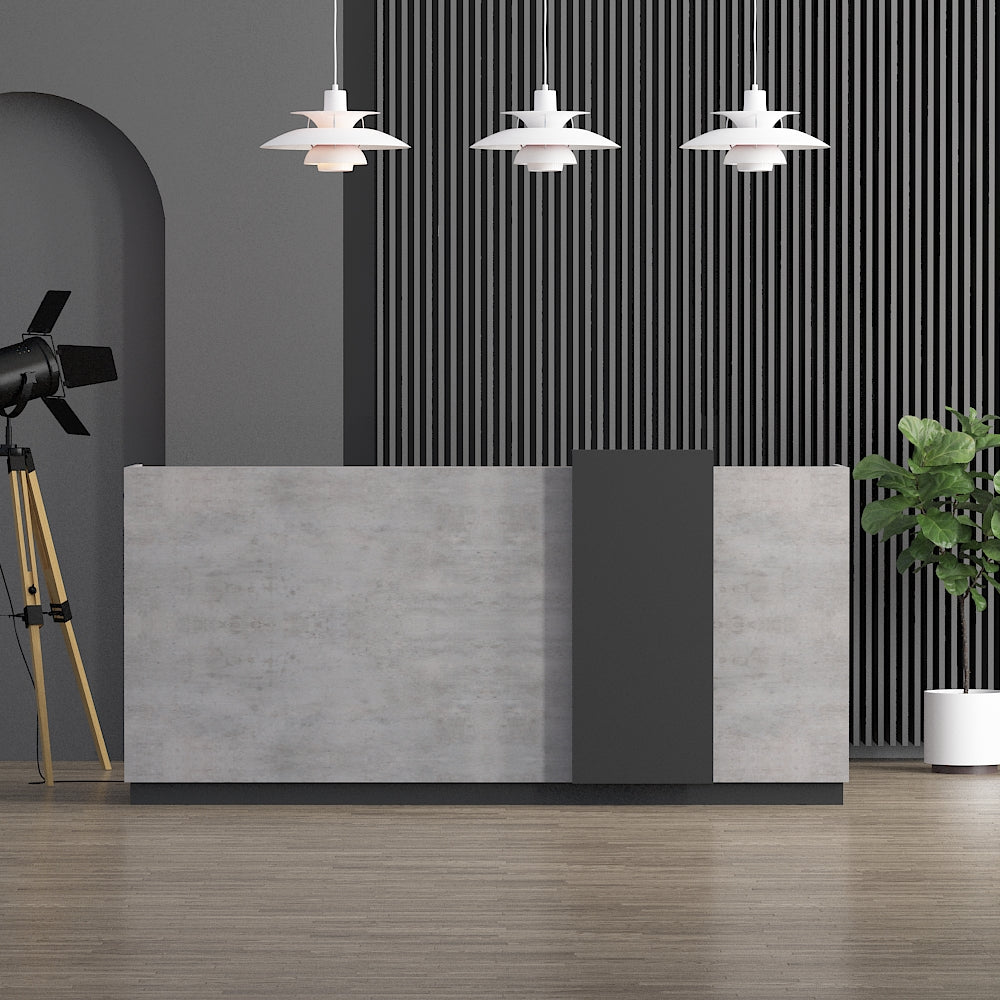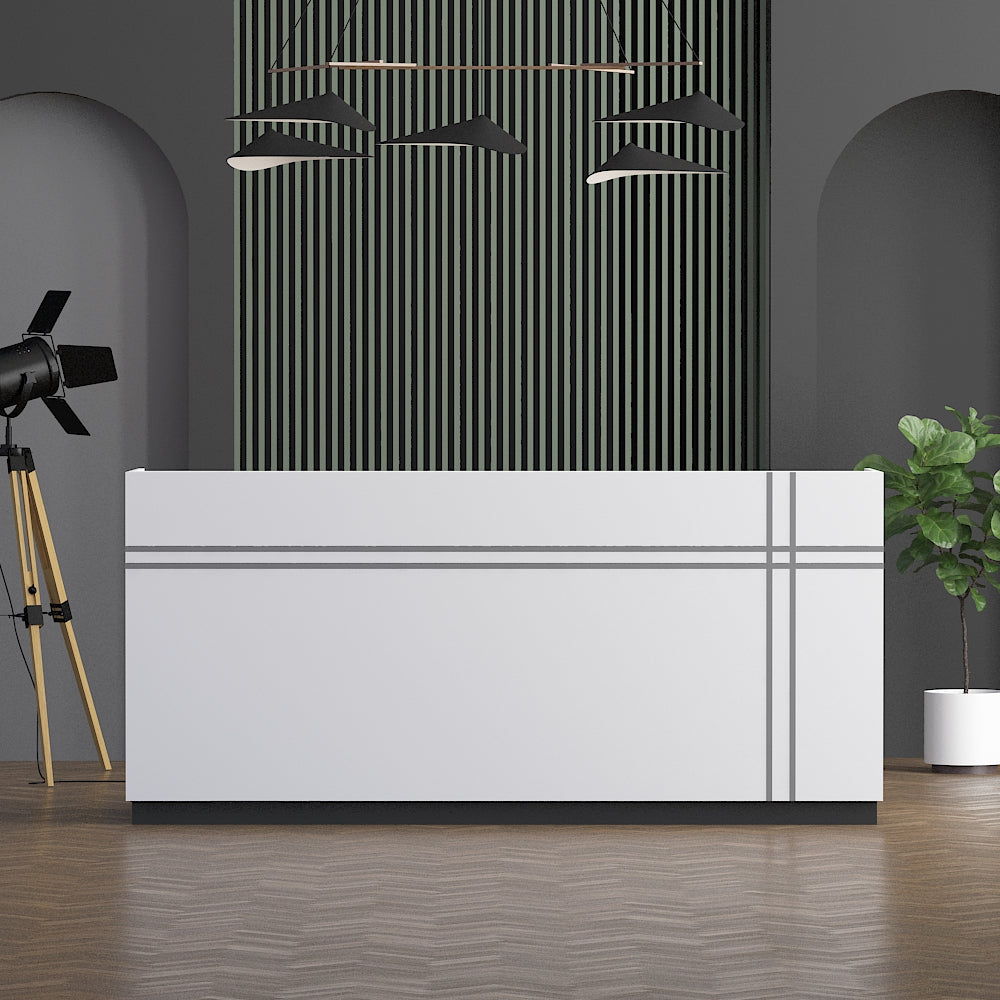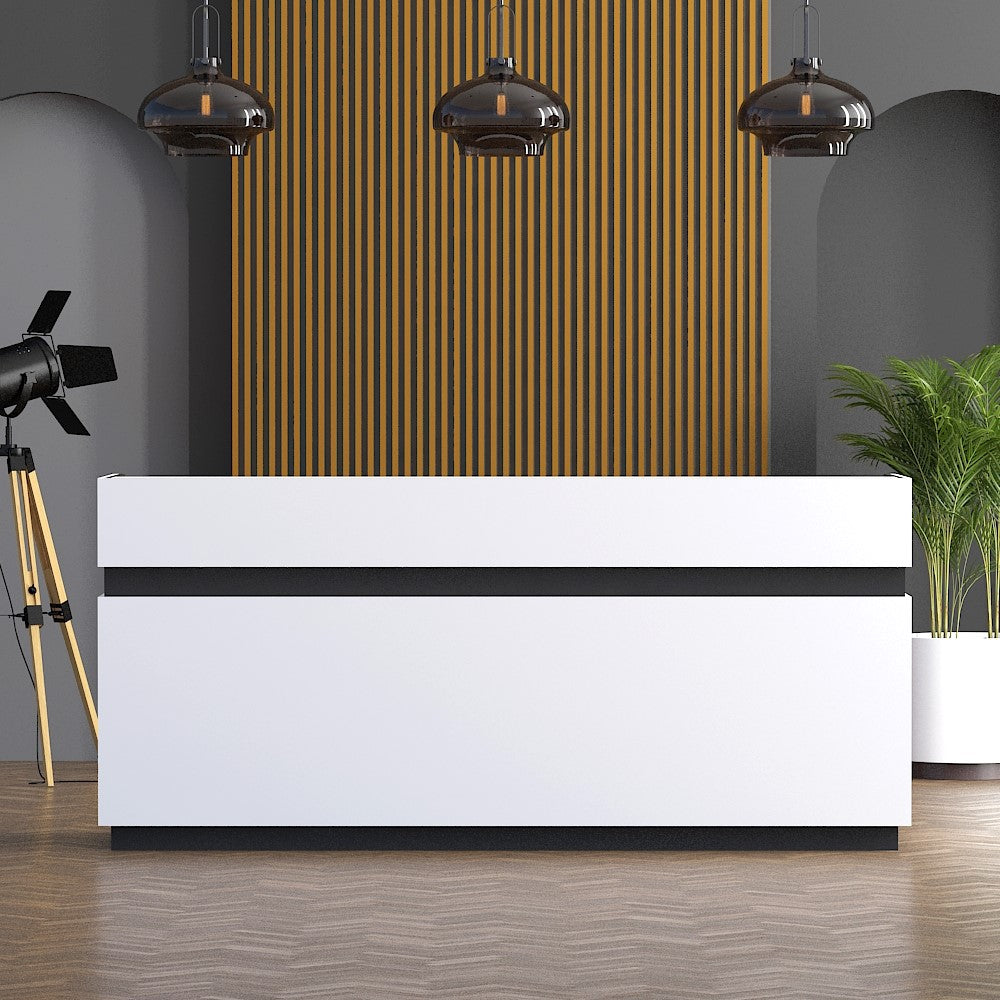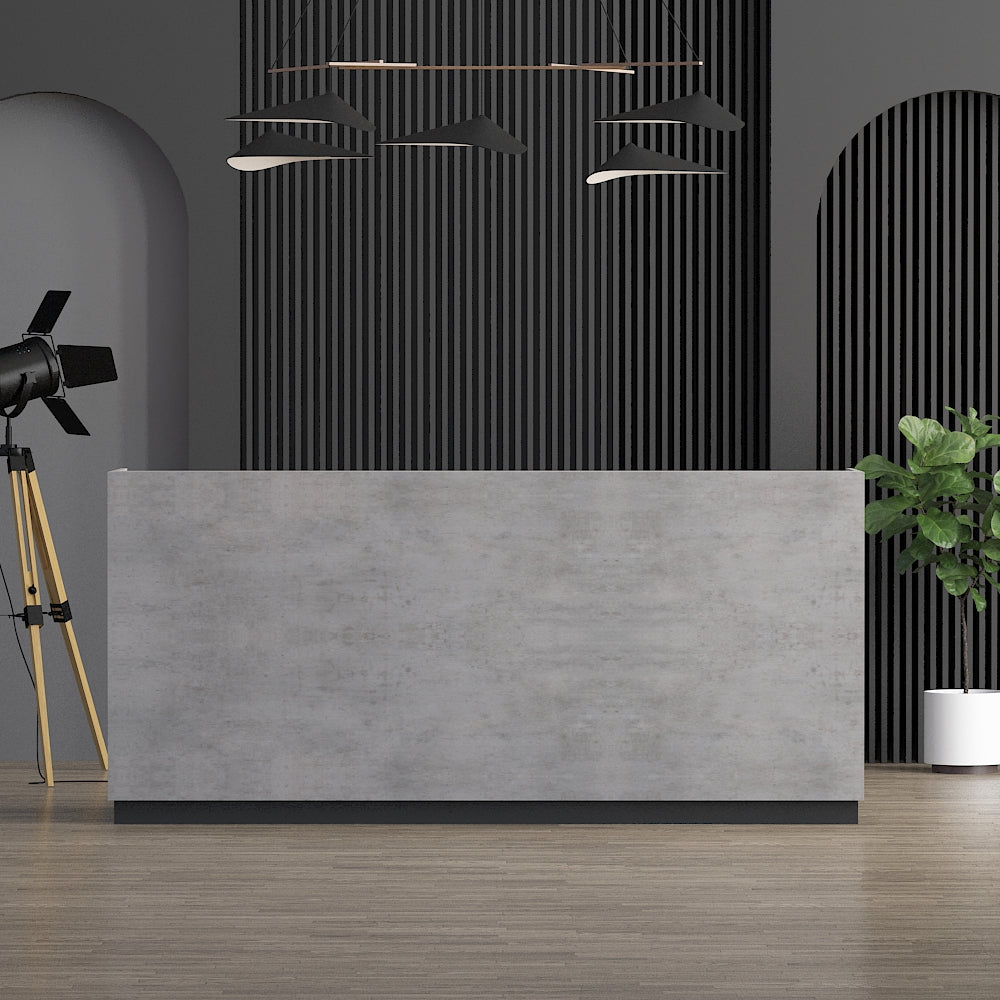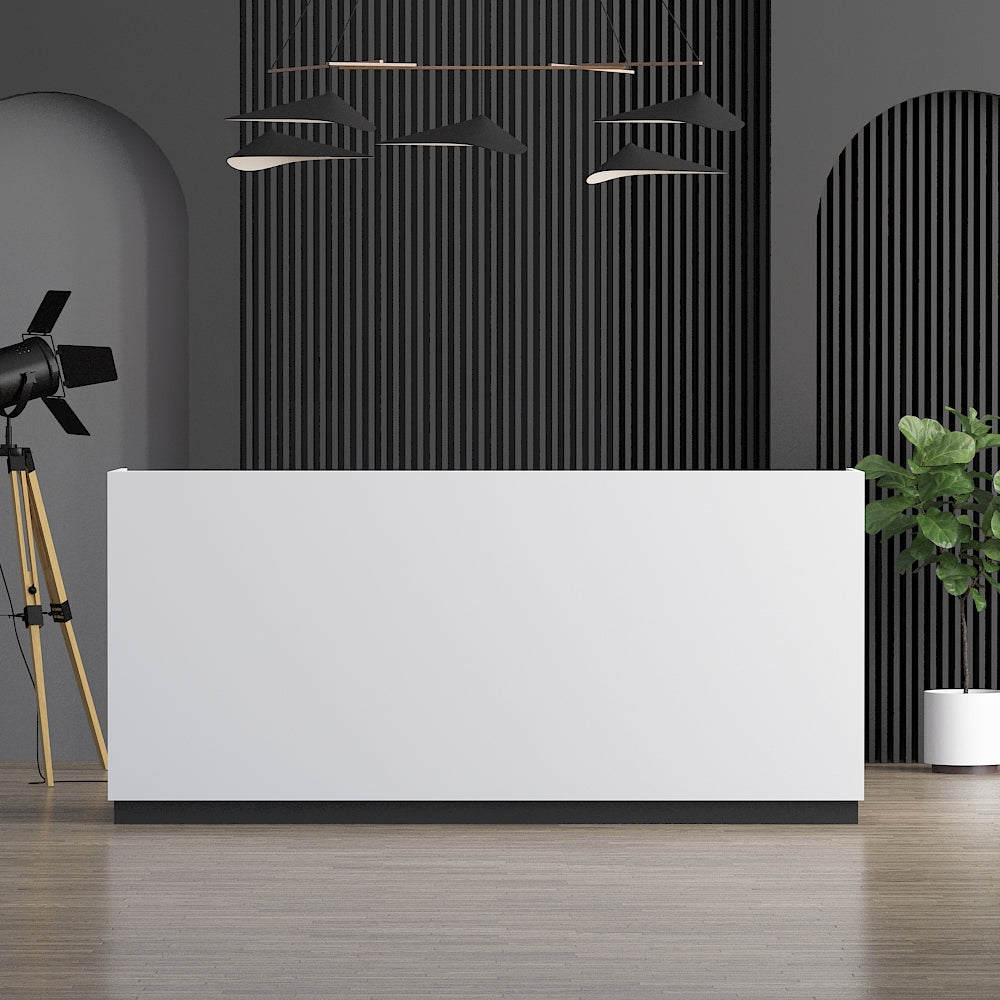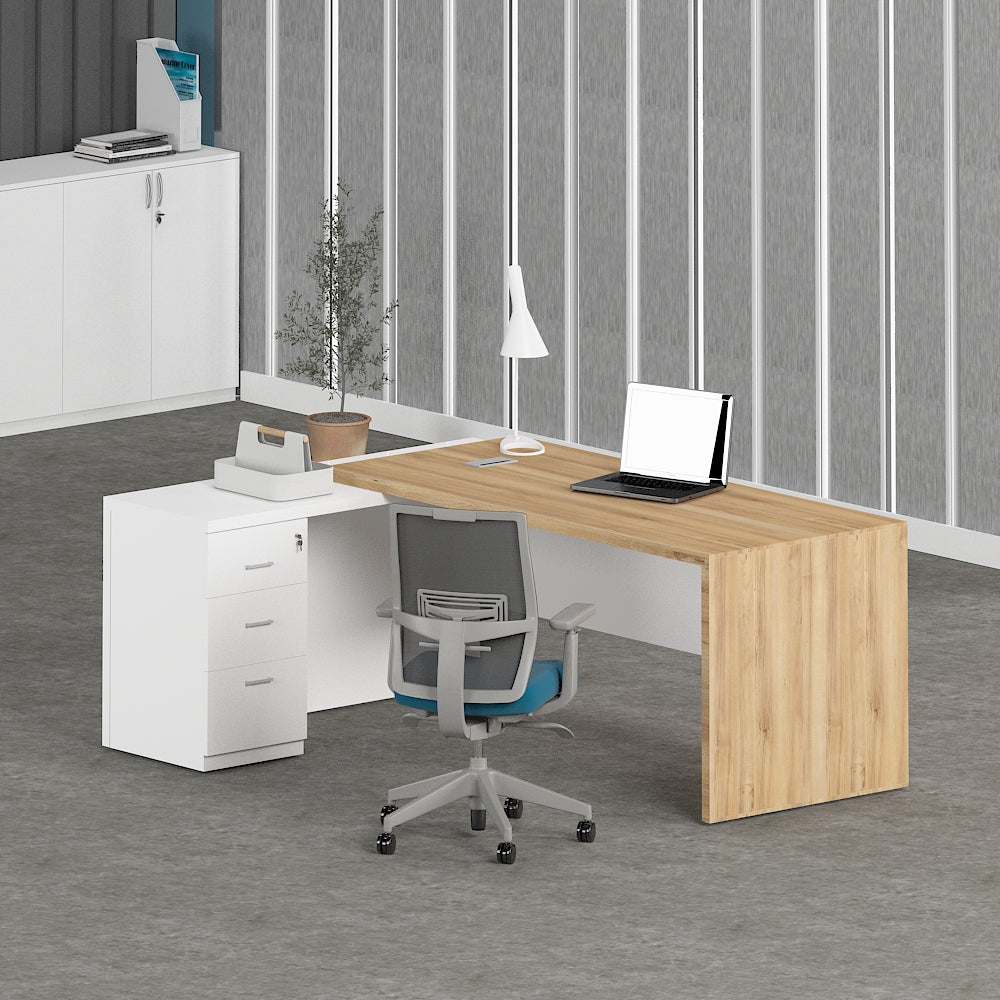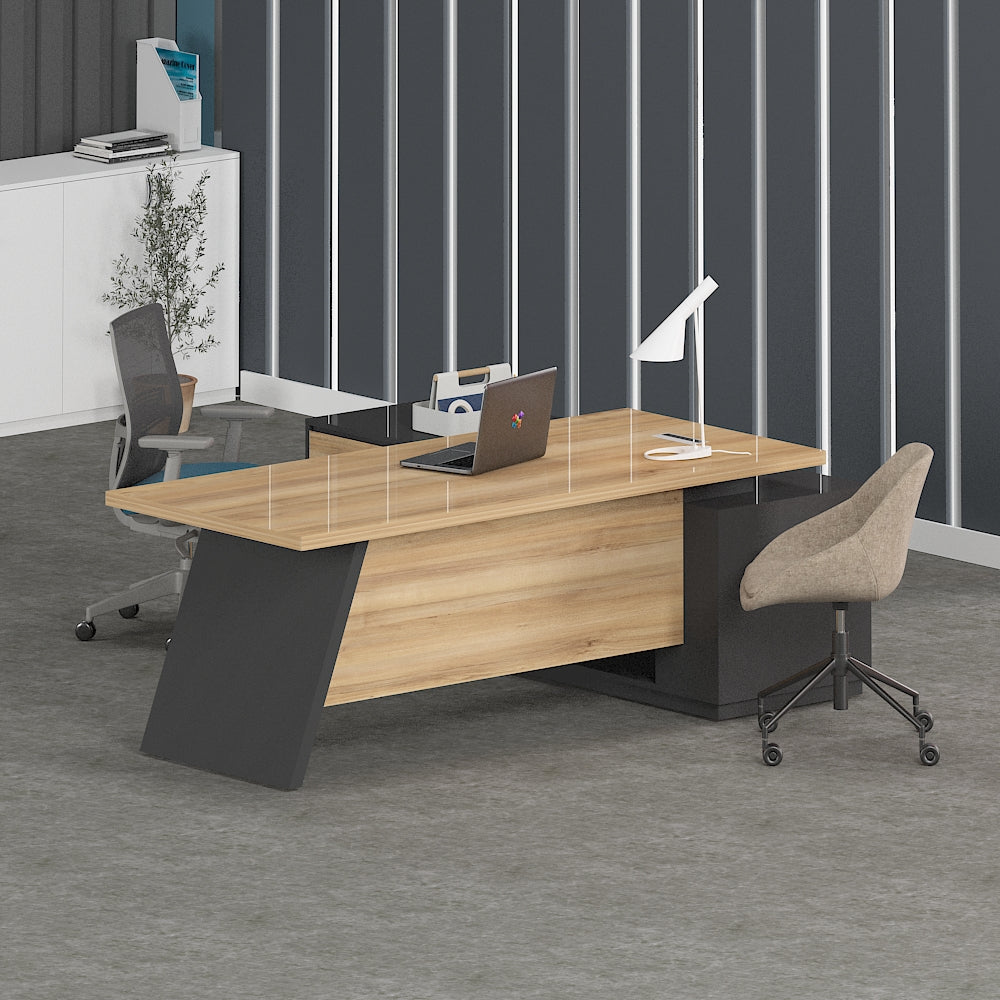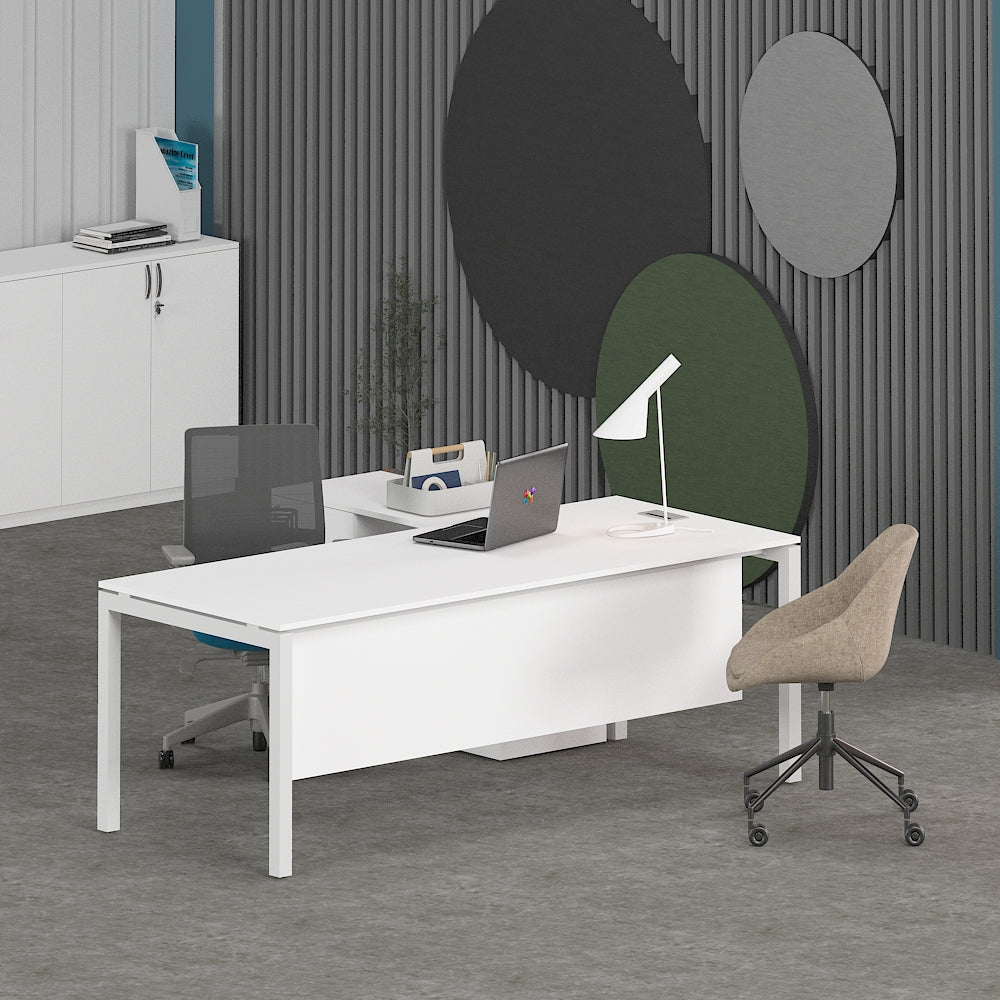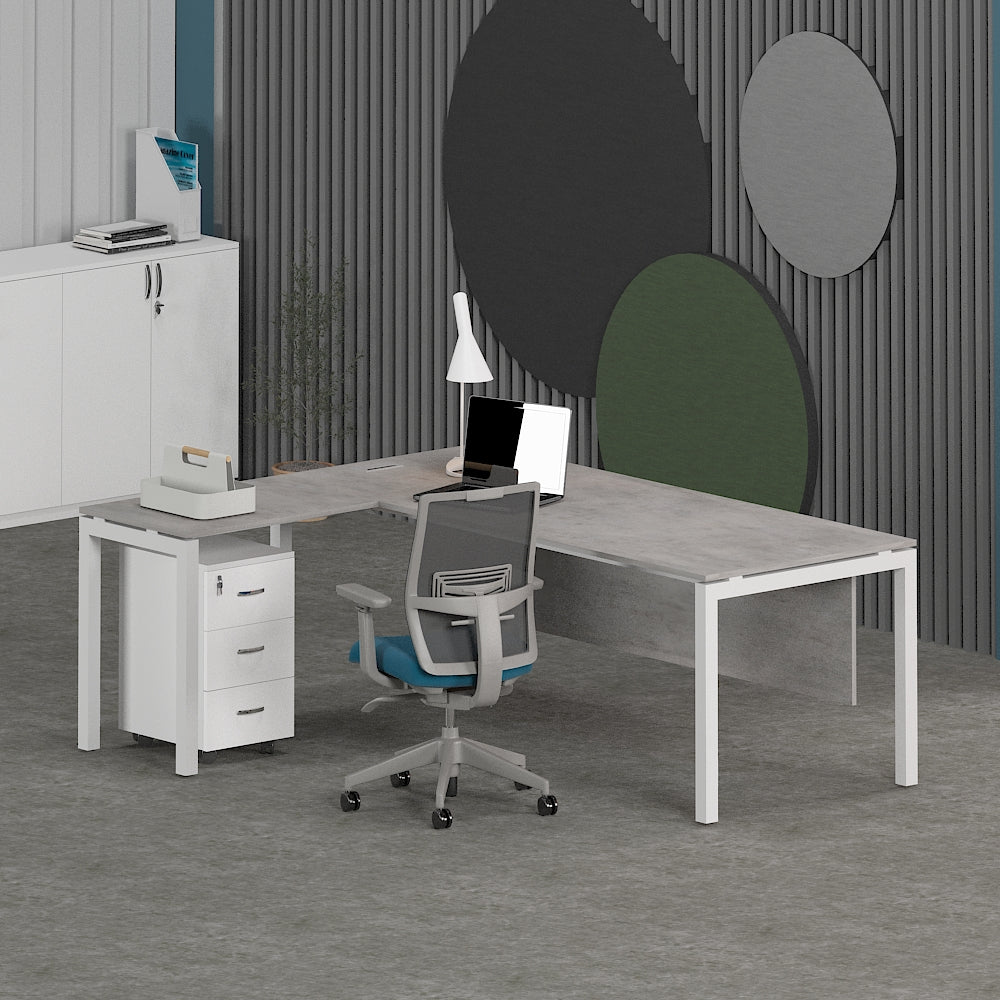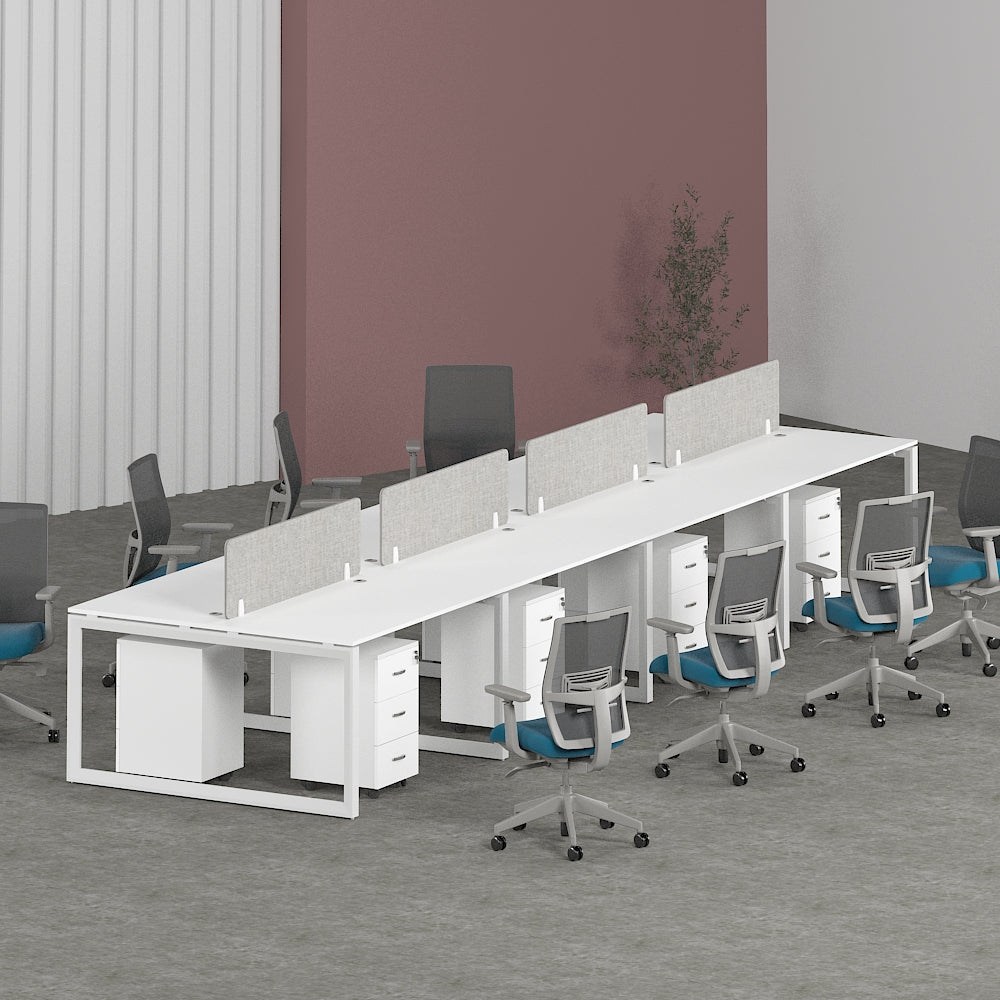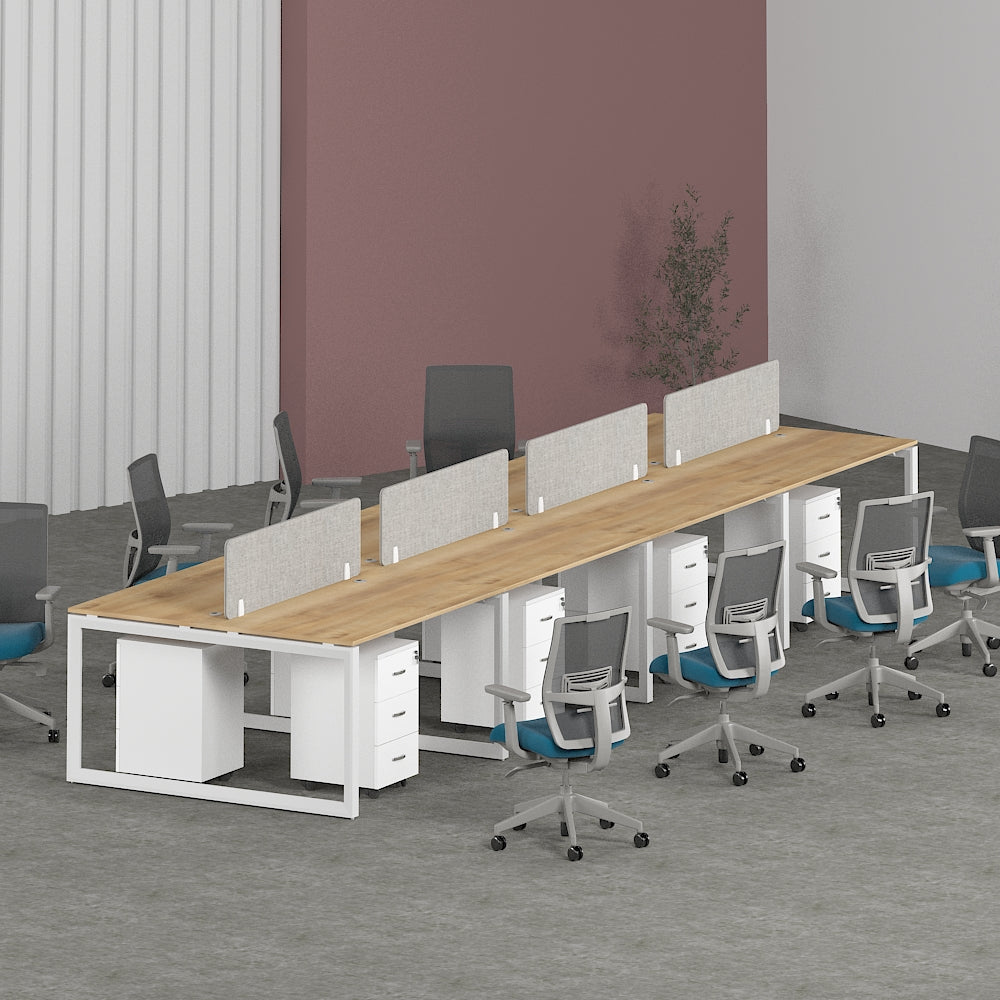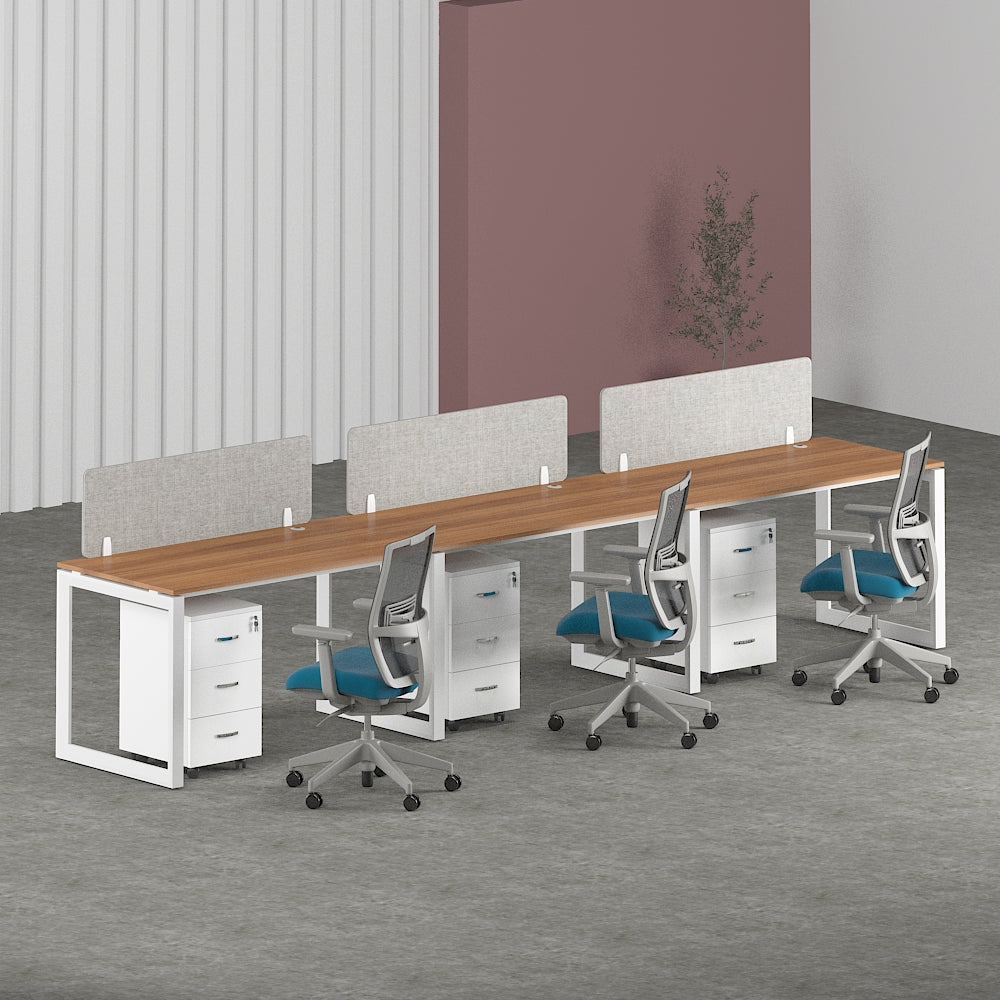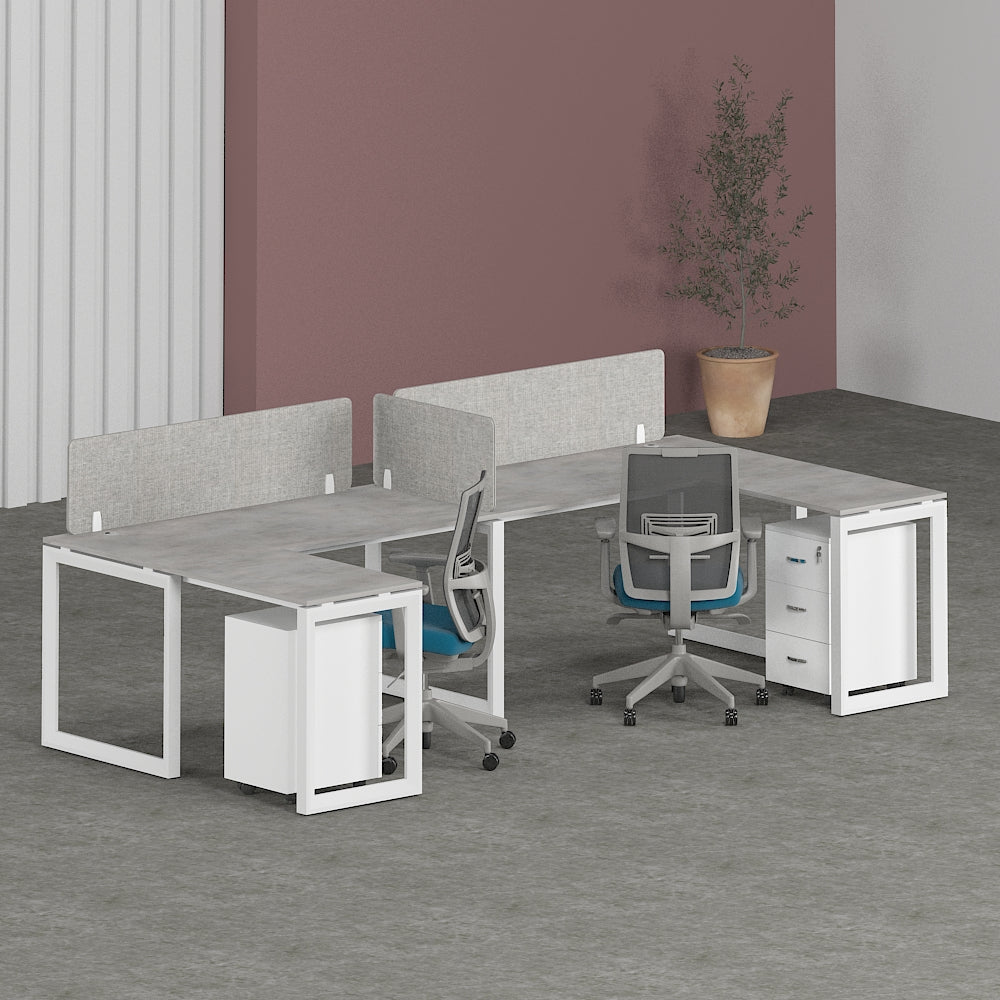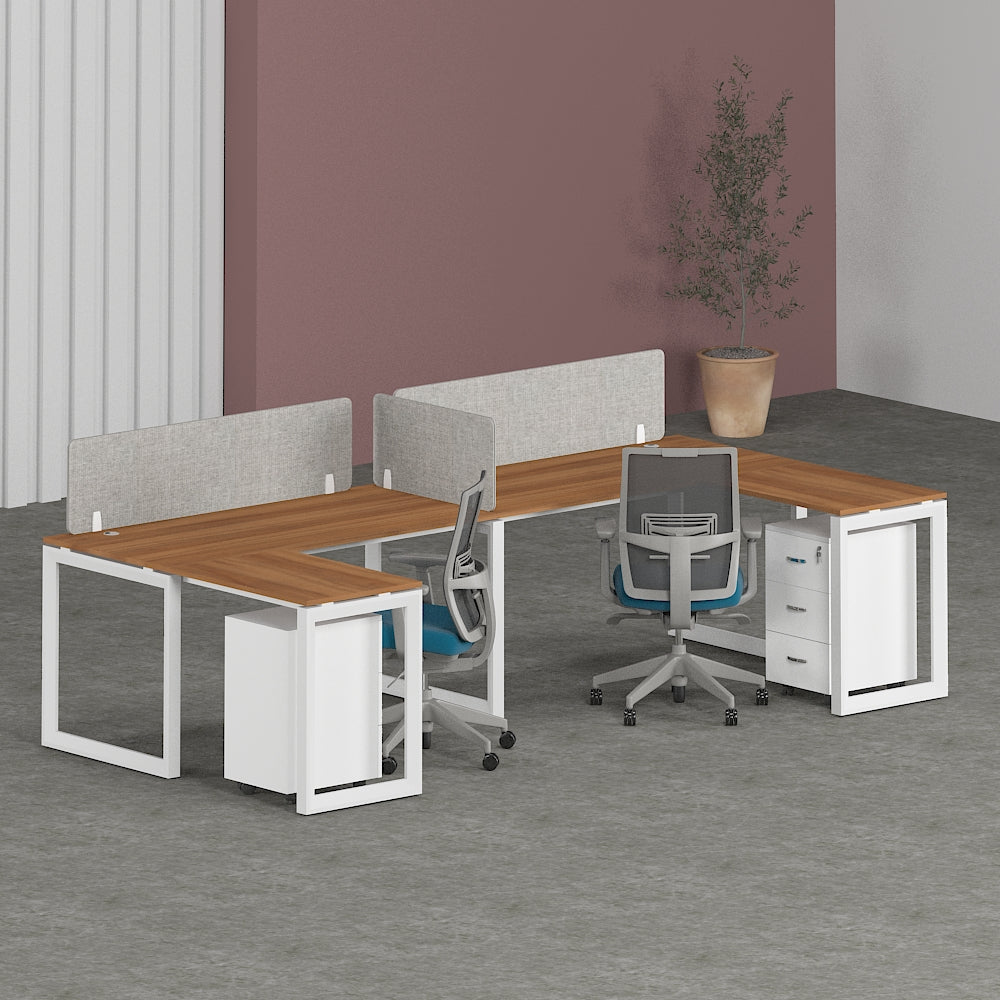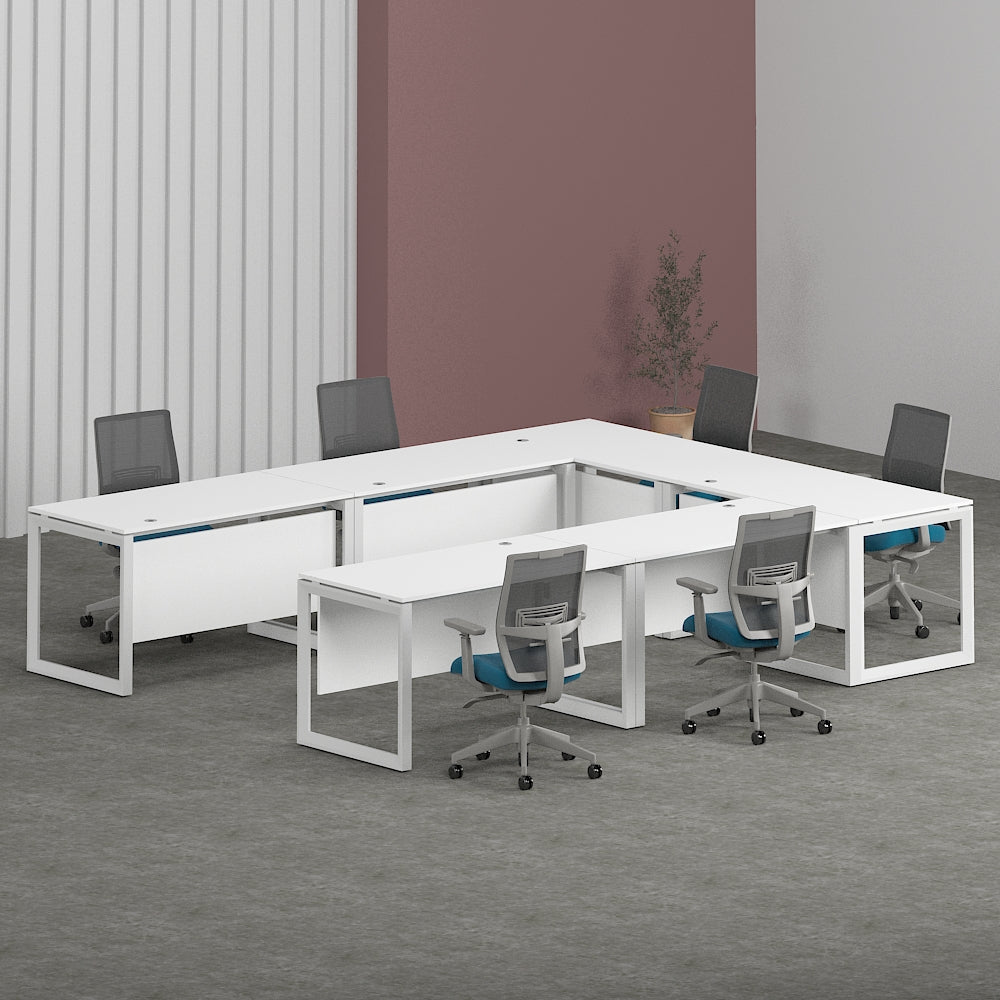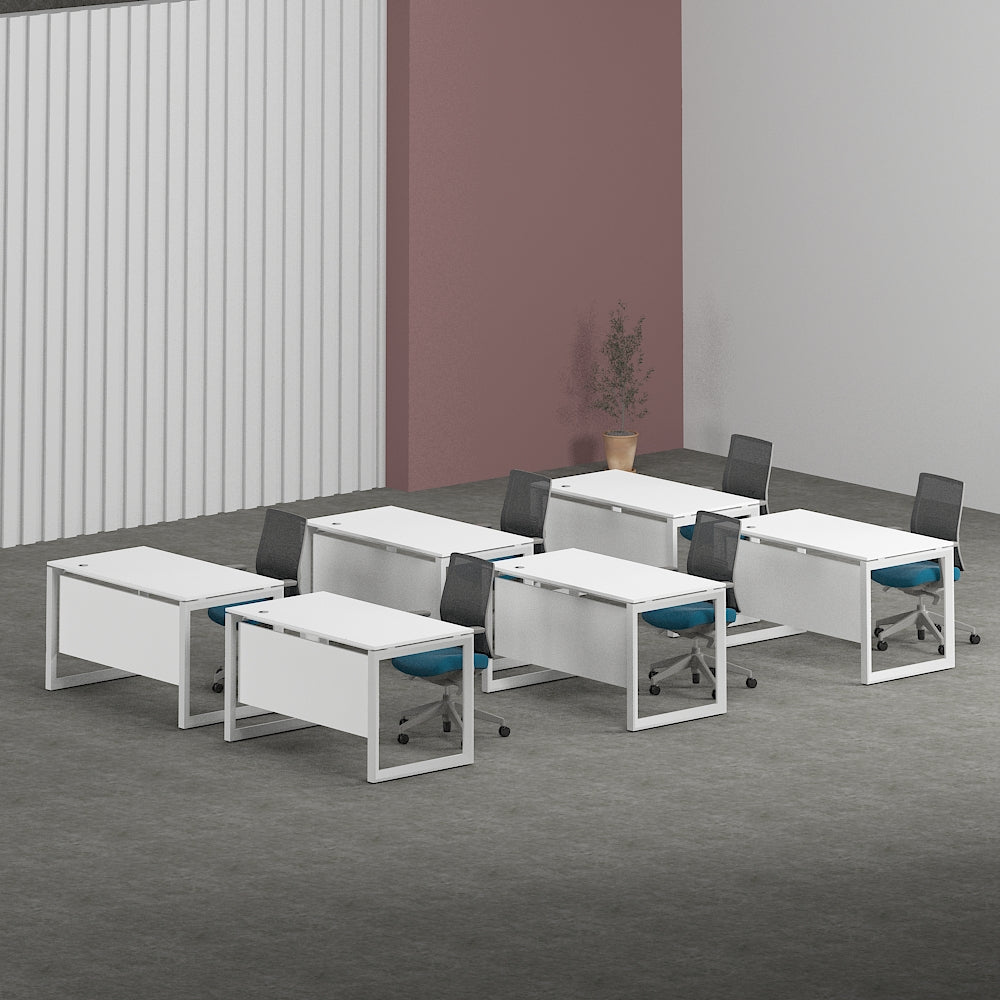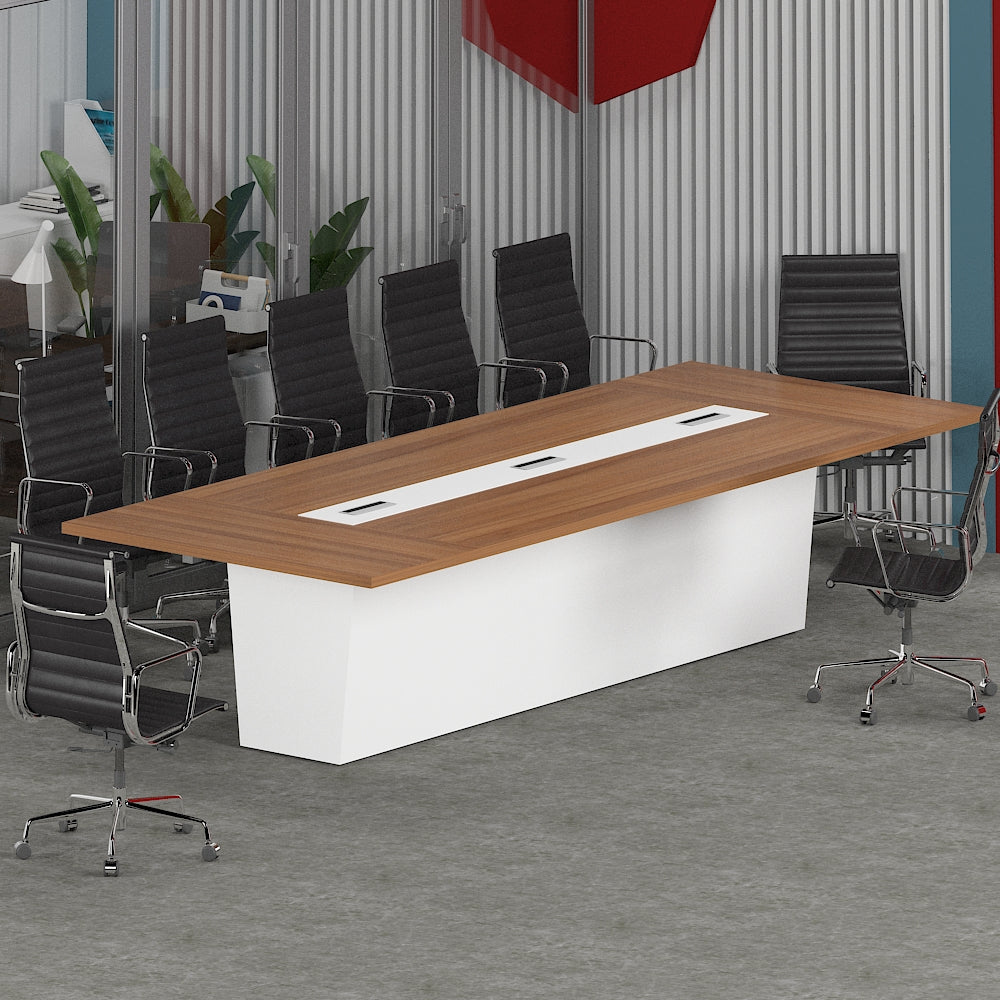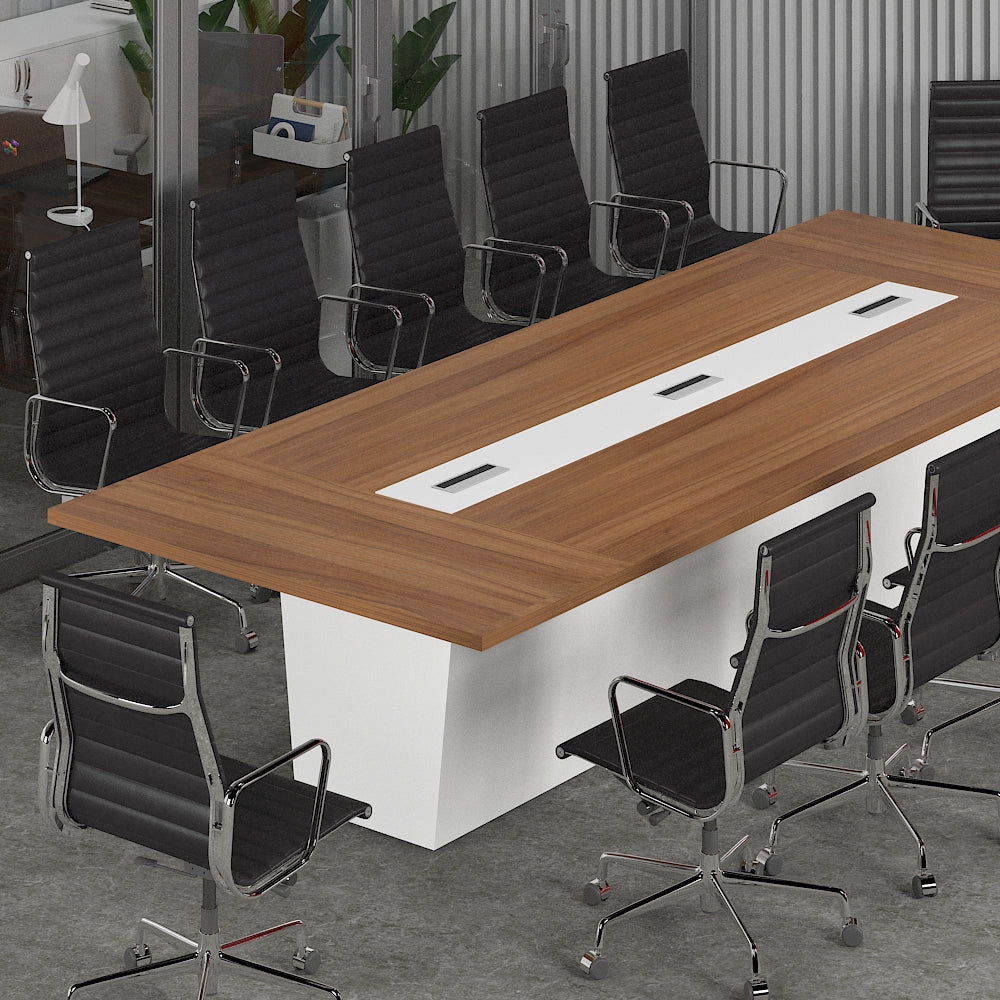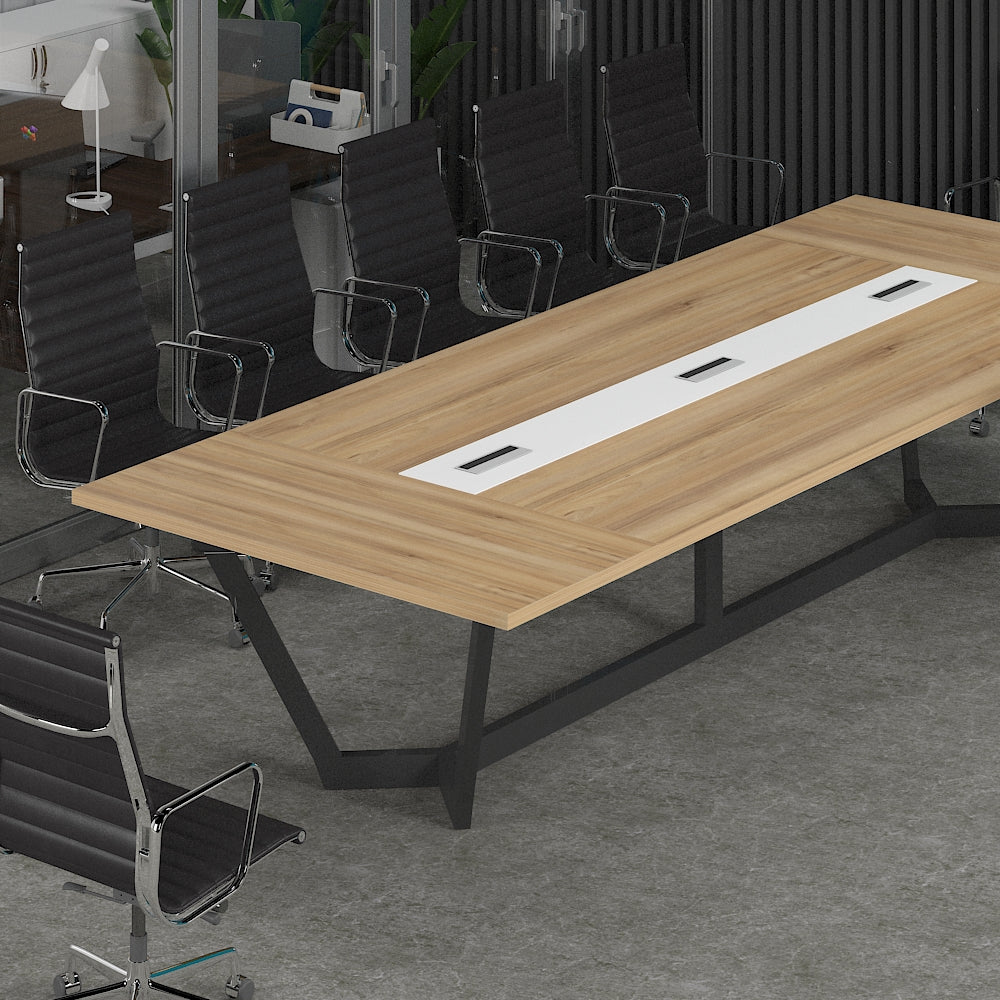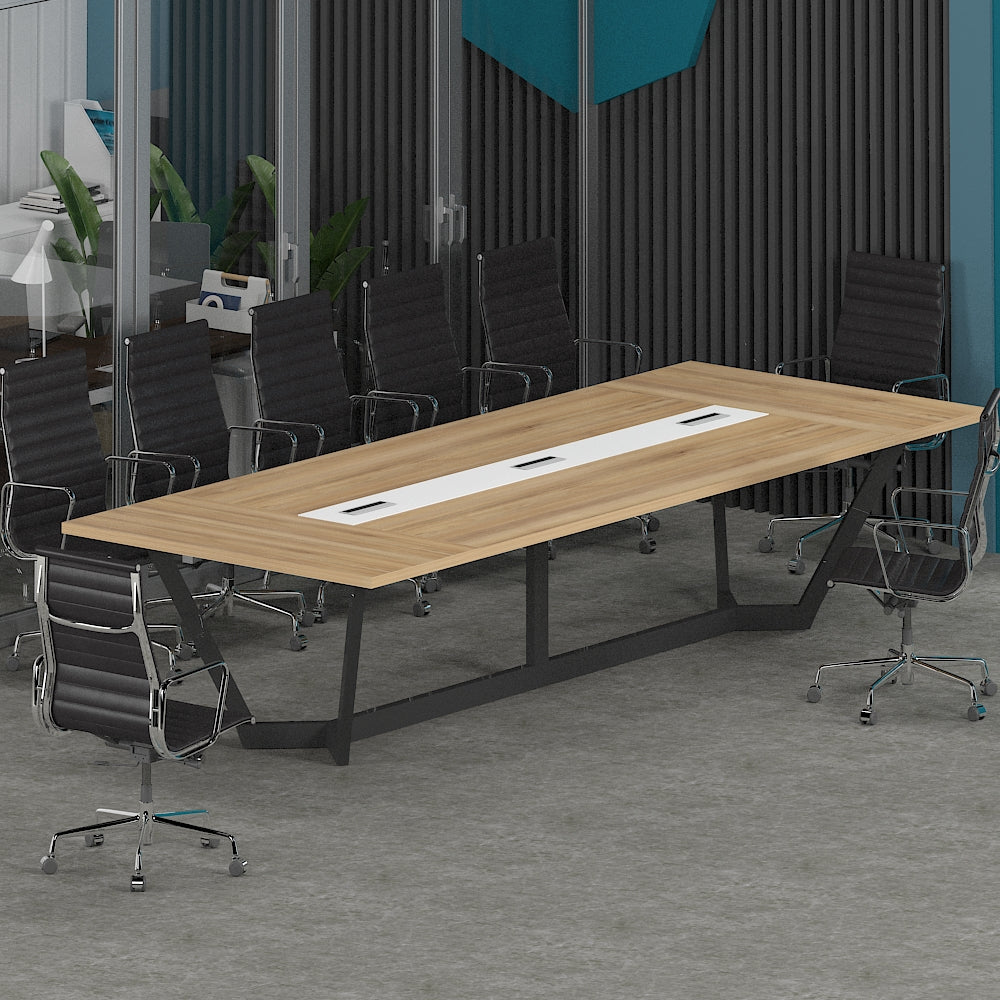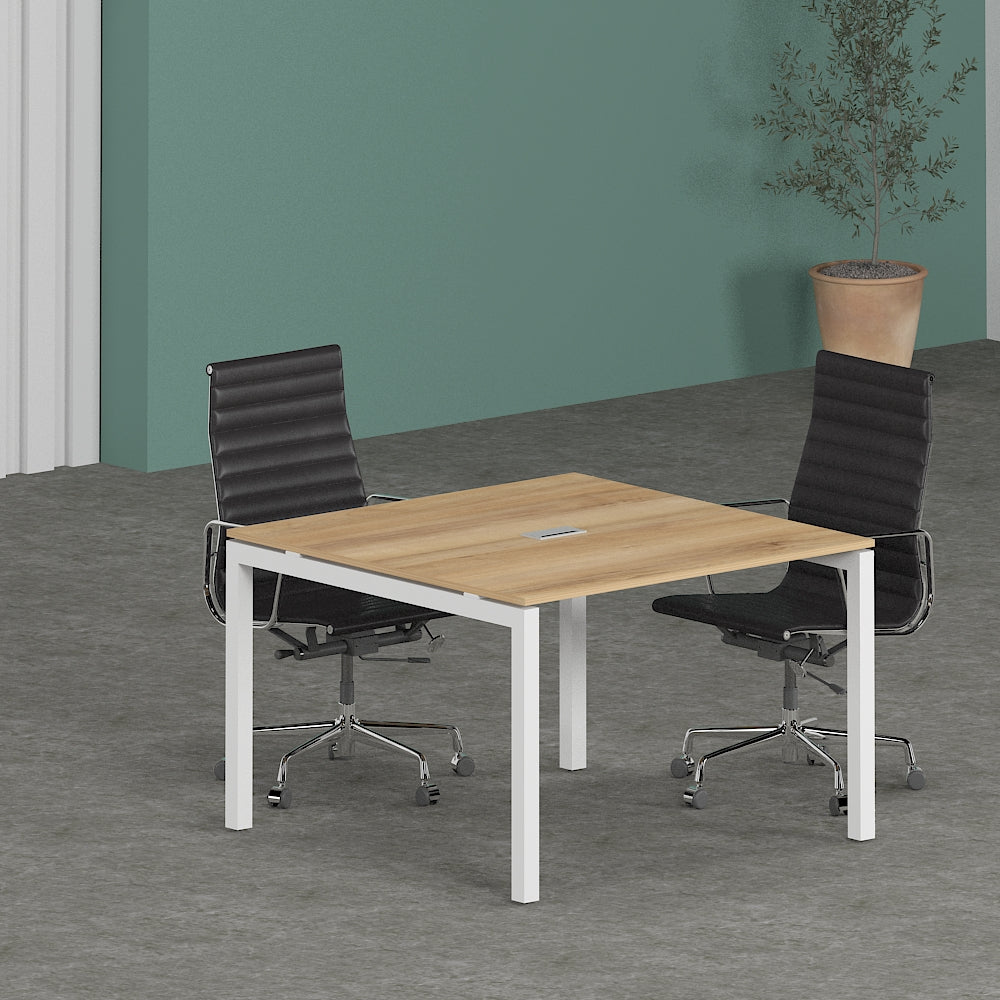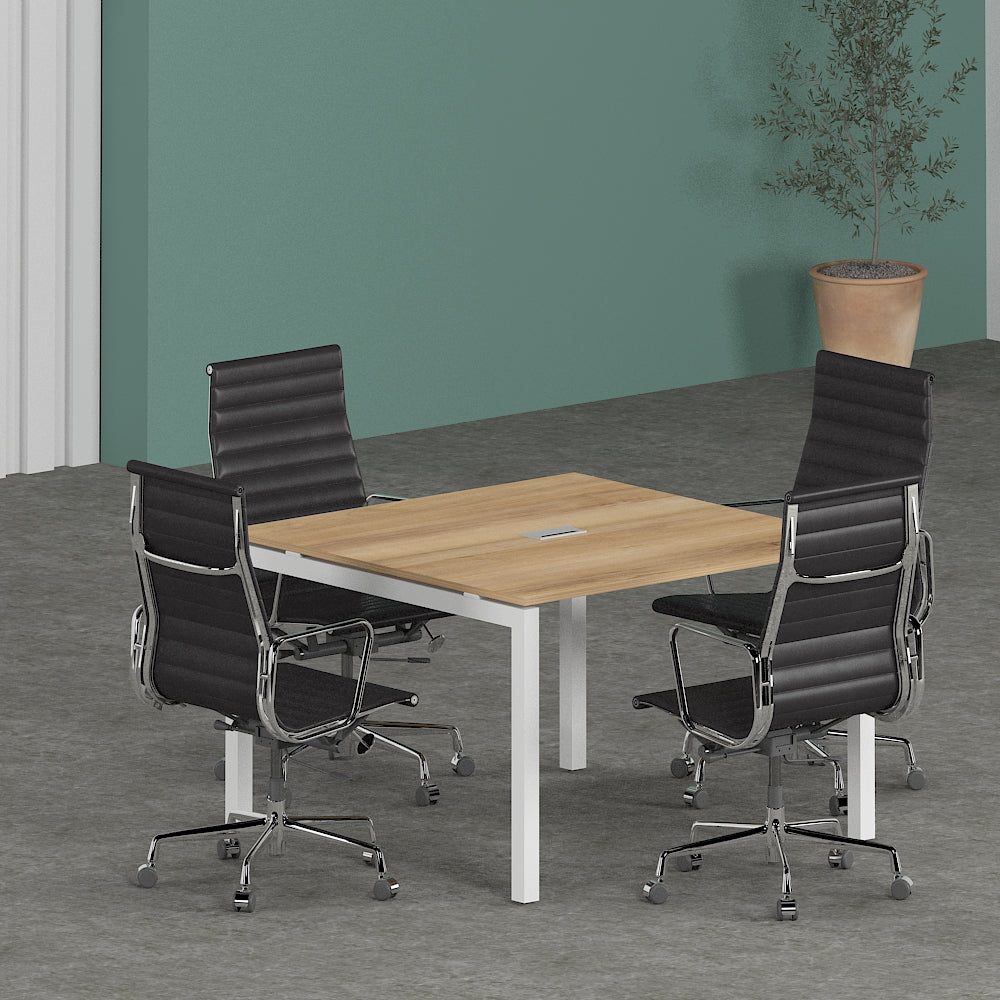In today's fast-paced world, where productivity and employee satisfaction reign supreme, the design of office workstations plays a pivotal role. Gone are the days of drab cubicles and uninspiring layouts. Enter the era of experience-centric workstations, where every element is meticulously crafted to enhance both productivity and well-being. In this article, we'll delve into the concept of experience-centric workstations and explore how they can revolutionize your office environment.
Understanding Design Thinking Workspace
What is design thinking?
At its core, design thinking is a human-centered approach to innovation. It involves empathizing with users, defining problems, ideating solutions, prototyping, and testing. When applied to workspace design, it prioritizes the needs and experiences of employees, resulting in spaces that are both functional and inspiring.
Benefits of a design thinking workspace
A design thinking workspace fosters creativity, collaboration, and innovation. By placing users at the center of the design process, it ensures that the final product meets their needs and exceeds their expectations. Additionally, it encourages a culture of experimentation and continuous improvement, driving organizational growth.
Creating a User-Centered Office Environment
In today's hyper-competitive job market, attracting and retaining top talent is more challenging than ever. One way to stand out as an employer of choice is by creating a user-centered office environment. This involves designing spaces that prioritize the needs and preferences of employees, resulting in a workplace that feels like home.
Importance of user-centered design in office spaces
User-centered design goes beyond aesthetics. It's about creating spaces that support the way people work, think, and interact. By understanding the unique needs of your employees, you can design offices that promote productivity, collaboration, and well-being.
Elements of a user-centered office environment
A user-centered office environment encompasses various elements, including flexible layouts, comfortable furniture, ample natural light, and personalized workstations. It's about creating spaces that adapt to the needs of individuals and teams, rather than forcing them to conform to rigid structures.
Enhancing Employee Experience
Happy employees are productive employees. That's why enhancing employee experience should be a top priority for any organization. From onboarding to offboarding, every touchpoint matters. By investing in employee experience, you can create a workplace where people thrive and grow.
Strategies to enhance employee experience at work
There are many ways to enhance employee experience at work, from providing opportunities for growth and development to fostering a culture of recognition and appreciation. By listening to your employees and acting on their feedback, you can create a workplace where people feel valued and supported.
Importance of employee satisfaction in the workplace
Employee satisfaction is closely linked to organizational success. When employees are happy and engaged, they're more likely to be productive, innovative, and loyal. Conversely, when they're dissatisfied, they're more likely to leave for greener pastures, costing the company time and money.
Improving Workspace Productivity
Productivity is the lifeblood of any organization. Yet, many offices are plagued by distractions, inefficiencies, and outdated systems. To improve workspace productivity, you need to identify and address the root causes of these issues.
Factors influencing workspace productivity
Workspace productivity is influenced by various factors, including office layout, technology, communication tools, and company culture. By optimizing these factors, you can create an environment where people can focus, collaborate, and innovate effectively.
Tips for improving productivity in the office
There are many simple yet effective ways to improve productivity in the office, such as decluttering workspaces, minimizing interruptions, providing access to ergonomic furniture, and implementing digital tools for collaboration and task management.
Ergonomics in Office Design
The health and well-being of employees should be a top priority for any organization. That's where ergonomics comes in. By designing workspaces that support the natural movements of the body and reduce the risk of injury, you can create a healthier and happier workforce.
Understanding ergonomics in the workplace
Ergonomics is the science of designing environments that optimize human performance and well-being. In the context of office design, it involves creating workstations that promote good posture, reduce strain on the body, and minimize the risk of musculoskeletal disorders.
Implementing ergonomically designed office setups
There are many elements to consider when designing an ergonomically friendly office, including adjustable desks and chairs, proper lighting, and accessories like keyboard trays and monitor stands. By investing in ergonomic design, you can improve employee health and productivity while reducing absenteeism and healthcare costs.
Promoting Office Wellness
A healthy workforce is a happy and productive workforce. That's why promoting wellness in the workplace is essential. From physical health to mental well-being, there are many aspects of wellness to consider when designing office environments.
Importance of promoting wellness in the workplace
Wellness programs not only benefit employees but also the organization as a whole. By promoting healthy habits and providing access to wellness resources, you can reduce absenteeism, increase productivity, and attract top talent.
Wellness solutions for the office environment
There are many wellness solutions you can implement in the office, from standing desks and exercise equipment to meditation rooms and healthy snacks. By creating a culture of wellness, you can create a workplace where people feel valued and supported in their pursuit of health and happiness.
Innovative Office Design Concepts
Innovation is the key to staying ahead in today's competitive business landscape. That's why many organizations are exploring innovative office design concepts that push the boundaries of traditional workspace design and foster creativity and collaboration.
Exploring innovative design concepts for modern offices
From open floor plans and coworking spaces to biophilic design and activity-based workstations, there are many innovative design concepts reshaping the modern workplace. By thinking outside the box and experimenting with new ideas, you can create a workspace that inspires and energizes your employees.
Case studies of successful office design innovations
Numerous companies have embraced innovative office design with impressive results. For example, Google's playful office spaces encourage creativity and collaboration, while Airbnb's themed meeting rooms reflect the company's culture and values. By learning from these success stories, you can find inspiration for your own office design projects.
Conclusion
In conclusion, experience-centric workstations are more than just a trend—they're a strategic imperative for organizations looking to attract and retain top talent, drive innovation, and create a culture of productivity and well-being. By prioritizing design thinking, user-centeredness, employee experience, productivity, ergonomics, wellness, and innovation, you can create a workplace that inspires and empowers your team to do their best work.
FAQs (Frequently Asked Questions)
-
What are the benefits of a design thinking workspace?
A design thinking workspace fosters creativity, collaboration, and innovation by prioritizing the needs and experiences of users.
-
How can I improve employee experience at work?
Strategies for enhancing employee experience include providing opportunities for growth and development, fostering a culture of recognition and appreciation, and listening to employee feedback.
-
Why is ergonomics important in office design?
Ergonomics in office design promotes good posture, reduces strain on the body, and minimizes the risk of musculoskeletal disorders, leading to a healthier and happier workforce.
-
What wellness solutions can I implement in the office environment?
Wellness solutions for the office environment include standing desks, exercise equipment, meditation rooms, and healthy snacks, promoting a culture of health and well-being.
-
What are some innovative office design concepts for modern workplaces?
Innovative office design concepts include open floor plans, coworking spaces, biophilic design, and activity-based workstations, fostering creativity, collaboration, and engagement among employees.


